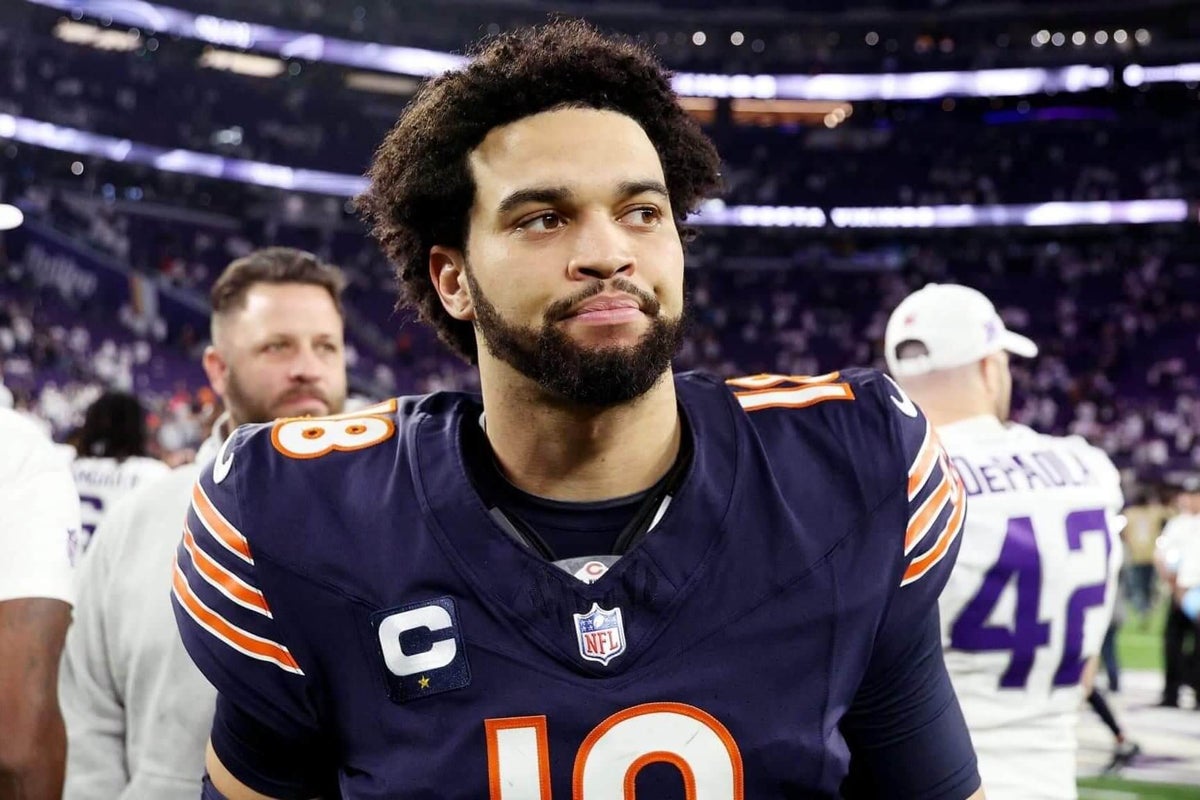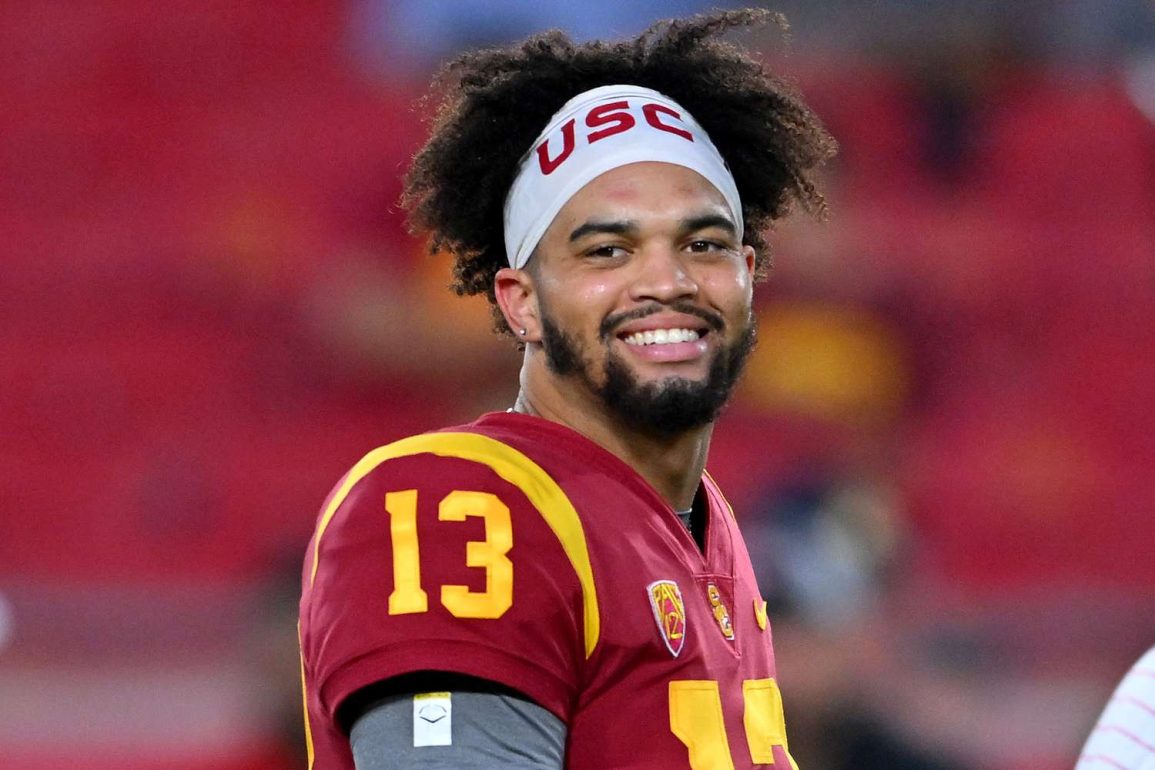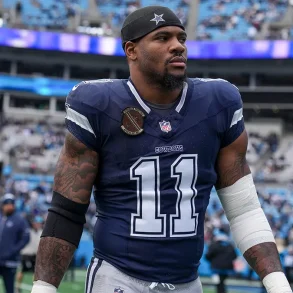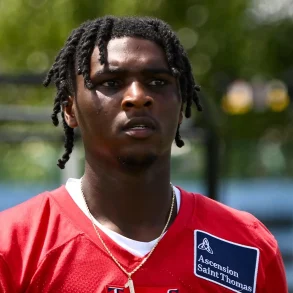During a recent Chicago Bears training camp, rookie quarterback Caleb Williams was caught on video shouting and storming off after a rough performance in a throwing drill. The clip went viral, sparking debates about his temperament and readiness. While fans speculated whether the moment reflected deeper issues, others saw it as a sign of Williams’ competitive fire.
General manager Ryan Poles downplayed the incident, calling it overblown. He emphasized that a single tough practice is normal during training camp and even praised Williams’ emotional investment. Coach Ben Johnson and his staff remain focused on long-term growth, not daily perfection.
Williams, like the rest of the team, is still adapting to Johnson’s intricate offensive system. The Bears are installing a wide variety of plays, with a focus on detail and accountability. Williams has acknowledged that the process has been challenging but believes he’s growing in his understanding and execution.
Bears Build Around Williams with New Weapons, Complex Playbook, and Rising Team Optimism
The Bears have revamped their offense around Williams, giving him a better offensive line and adding rookie weapons like tight end Colston Loveland and wide receiver Luther Burden III. With playoff hopes looming, fans and media are eager for signs of immediate success from the rookie quarterback.

Some around the team, including veteran backup Case Keenum, have noted how complex Johnson’s offense is, particularly for quarterbacks. The play calls are long and often require memory and precision, with no wristband assistance. Even experienced players are finding it challenging to adapt quickly.
Despite the offense’s complexity, there’s optimism. Johnson notes that the team started from a more advanced point than in his first year calling plays in Detroit. Williams has shown flashes of brilliance in team drills, including a 25-yard misdirection touchdown and improved pre-snap recognition.
Williams Learns Structure, Footwork, and Poise Amid Growing Pains of NFL Transition
A key adjustment for Williams has been moving from shotgun to under-center formations. Coaches are retraining his footwork and pre-snap reads. This shift is helping him better understand how defenses adjust to different looks, improving both his mechanics and decision-making.
A malfunctioning headset during practice exposed an area of growth for Williams: staying composed when communication breaks down. Johnson used it as a teaching opportunity, emphasizing the need for quarterbacks to memorize fallback plays and react calmly under pressure. Pre-snap delays and penalties also show the growing pains of leading an NFL offense.
Coaches are pushing Williams to play more within the system rather than relying on improvisation. While his off-script talent remains an asset, the goal is to mold him into a quarterback who can consistently work through progressions and trust the offense. Recent practices have shown he’s beginning to strike that balance.
Both Poles and Johnson stress that development will take time. Drawing comparisons to Patrick Mahomes’ early days, Poles explained that Williams’ ability to identify and manipulate defenses will grow over time. The Bears are committed to a long-term vision, understanding that growing pains are part of developing a true franchise quarterback.







